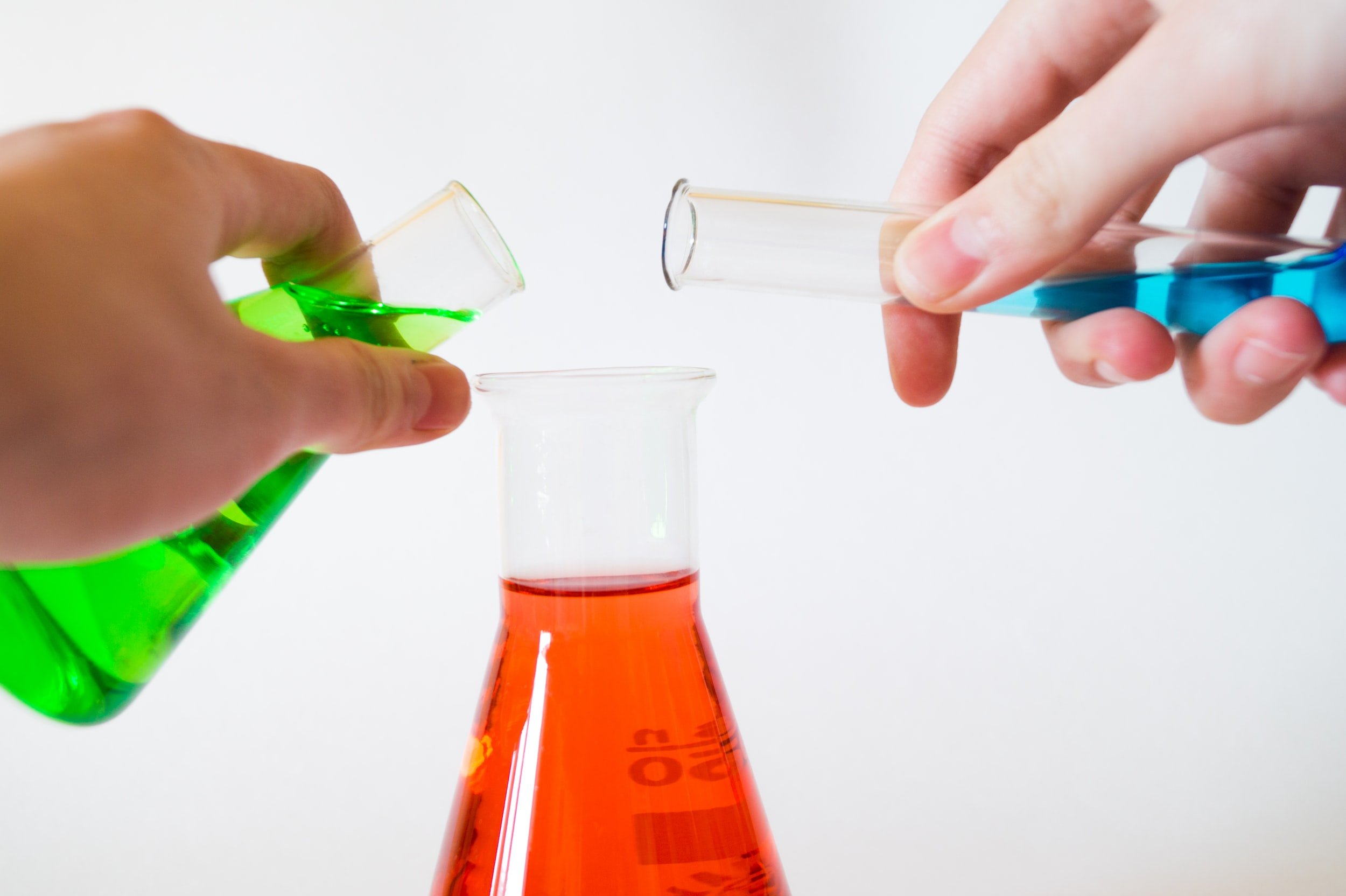How much “care” goes into personal care products?
The dirty truth is…not much.
I honestly never used to give much thought to what went into the personal care and cleaning products I bought.
I bought whichever shampoo smelled the best and the same household cleaners my mom always bought because I thought I had to. I wasn’t aware of any alternatives.
It wasn’t until my son was born that I thought about the effects that some of these products had on my health and the health of those I cared about.
There’s a lot of compelling research that points to the potentially harmful side effects of all of the chemicals in our beauty and cleaning products. But a lot of the time, this research doesn’t get much media attention. It seems that we’ve gotten to the point where harmful chemicals are so prevalent that they aren’t news. Add to that the perceived lack of alternatives, and many people probably feel that that’s just the way things are, and there is nothing they can do about it.
The dirty dozen
What are the most toxic ingredients that go into personal care products? How do they interact with your body? Why should you be concerned about avoiding them? And where do you even begin?
The Canadian government has a Consumer Product Safety site that explores the safety of cosmetic ingredients. The Safety of Cosmetic Ingredients page is an excellent resource if you want to learn more about some common components or classes of ingredients. I personally don’t think their list is comprehensive enough, but it’s still worth checking out.
Another great site that I like is the David Suzuki Foundation. It has a lot of informative articles about critical environmental issues and links to some great blogs. For a quick breakdown of the top offenders, check out “The Dirty Dozen cosmetic chemicals to avoid,” an article published by their “Queen of Green” monthly digest.
The opening paragraph of this article is particularly eye-opening:
U.S. researchers report that one in eight of the 82,000 ingredients used in personal care products are industrial chemicals, including carcinogens, pesticides, reproductive toxins, and hormone disruptors. Many products include plasticizers (chemicals that keep concrete soft), degreasers (used to get grime off auto parts), and surfactants (they reduce surface tension in water, like in paint and inks). Imagine what that does to your skin, and to the environment
Yikes! One in eight of 82,000. That’s 10,250 potentially harmful substances you have to avoid if you want to clean up your skincare routine. And this is just cosmetics and personal care. The study doesn’t touch upon home cleaning products.
How can you avoid these thousands of potential toxins?
Learning which chemicals are which and trying to figure out which ones you need to avoid at all costs would take a ton of research and a ton of time that most people don’t have. Myself included.
Reading the ingredients list on everything you buy is a start — but unless you have an exceptional memory, it’s impractical in the long run. One of the easiest things you can do is to aim to reduce your overall exposure to chemicals in general, and then you’ll reduce your exposure to the “dirty dozen.” Of course, there’ll be some not-so-harmful chemicals that get thrown out with the mix, but I don’t think you’ll be worse for wear because of it.
Once I started looking into this subject, doing more and more research about common skincare ingredients, that was it. I was converted. Well, first, I was shocked. And then, I did more research. And then I was converted. But more importantly, I was motivated to try my hand at making personal care products out of natural ingredients that are safe and gentle for the environment.
DIY isn’t just a fad. It’s a way of living that is both conscientious and sustainable. A way of living that champions self-sufficiency, environmental responsibility, and a healthy respect for nature. And anyone can do it! It’s time to stop buying products that poison you and learn how to make a natural alternative in your kitchen. By learning to make some things for yourself, you’ll be doing yourself a favour by avoiding some seriously nasty toxins.

